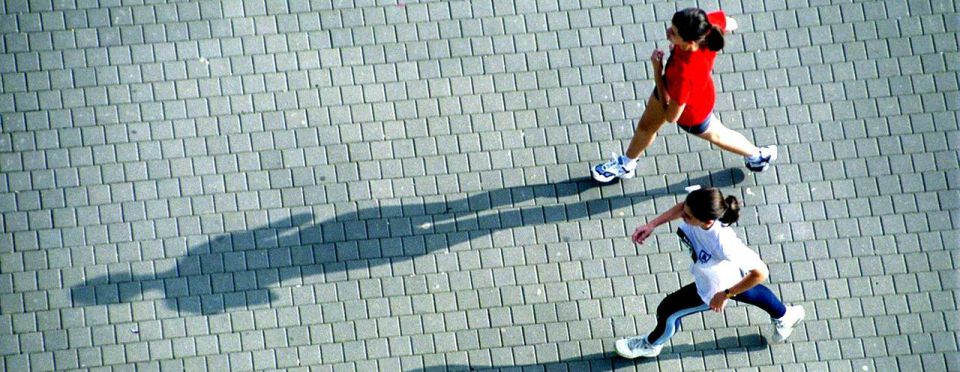PREPARATION
Know your limits. Before you begin or return to physical sports you have to know your limits, your state of health, and be aware if certain kinds of exercises are not ideal in your case.
Know if you need to consult your doctor: If you have any pre-existing health conditions, or feel unwell, and want to undertake rigorous exercise you should consult your doctor first. (Remember, this can now be done by phone)
Personalise your training programme: Given the 7 week confinement you may have gained an extra few kilos, your muscles have lost some strength, and there will be other contributing factors that should mean a change to any previous routines. If you need to consult a physical trainer do so.
Warm-up: Make sure you warm up before you set out.
GET MOVING!
Meet the requirements: Now that we can go outside there are many different ways we can exercise – cycling, walking, running etc, but don’t give up the strength training you might have been doing at home during the last 7 weeks The WHO recommends up to 150 minutes of moderate exercise or 75 of vigorous exercise a few times a week but at least twice a week some muscle strength training.
Bit by bit: Even though you may have been training regularly at home, working outside is different, different surfaces and conditions, so take it easy, until your body is acclimatised to the new circumstances, and reduce the risk of injury.
Strengthen your immune system: Adapting to the new exercises can improve your immune system which is very important under current circumstances, and is also relevant to the need to adapt training to your personal physical condition.
Adjust your exercise programme: If you haven’t had a regular training programme in the past, you will need to start slowly, walking or cycling at a regular speed, adjusting speed and frequency over time. If your objective is running consult with a qualified professional who can help with technique and preparation.
Continue to avoid being sedentary: Some form of exercise is really essential.
Precautions!
Social distancing: If you are running or cycling at speed you will need to maintain a minimum distance of 5 -10 metres between you and other people to avoid contagion.
Passing someone out: If you want to pass someone out – running, cycling, walking – pass out with ample distance and reincorporate yourself when you are sufficiently far enough in front.
Avoid busy pavements and running zones.
Use of masks: This will also affect your exercise and the possibility of contagion. Follow the correct instructions for use and removal.
Don’t spit in public: If you generally do need to spit during training outdoors take a tissue and use it for your expulsions and throw it away when you are finished.
Hydration: Really important – make sure you have a bottle of water with you and do not use public fountains.
Contact with surfaces: Make sure you have all you need with you to avoid touching surfaces with your hands, thus reducing risk
Exercise at home: Any kind of exercise that you can do at home continue to do so
.
Afterwards: When you get home it is essential that you wash and disinfect your clothes as well as taking a shower.
________________________________________
Information sources: :Recomendaciones para salir a la calle a realizar actividad física con seguridad, del Consejo Superior de Deporte y el Consejo General de la Educación Física y Deporte.
